Benefits of Plywood in construction
Plywood is very widely used in construction. This is because it has many useful properties that are suitable for construction. Plywood is a factory-produced material that has precise dimensions made from three or four sheets of wood. These sheets are glued together to form a thicker sheet. Plywood is very light in weight and very durable. It can be used in both the interior and exterior areas of a building. That is why it is so commonly preferred by builders and house owners.
Properties of Plywood
Very high strength
Plywood has the physical strength of the wood it is made from. The veneer design is
made into also adds to its strength. An entire sheet of plywood is resistant to splitting
especially when nailed at the corners. There is a balanced strength on the whole sheet.
This also increases its stability. Plywood also has a very high strength to weight ratio
when compared to cut lumber.
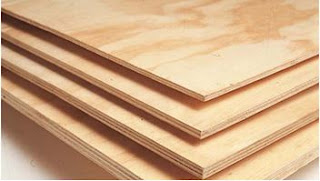 |
| Very high strength |
Flexibility
Plywood is very convenient to cut and can be used to fit every requirement in
construction, unlike timber. The main advantage is that the thickness of each sheet can
be changed according to its purpose. The number of sheets used can vary from three
to a few more depending on the pliability required. A thinner sheet will have more
flexibility and hence, can be used for panels and ceilings.
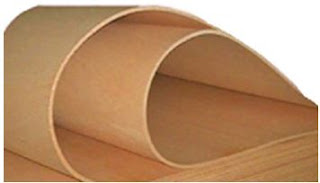 |
| Flexibility |
Strong Panel Sheer
Plywood is made by combining an odd number of sheets. This makes it resistant to
bending. Each grain of the plywood is placed at an angle of 90 degrees. These fine-grained veneers are at an angle of 30 to 45 degrees from each other. This increases its
strength in every direction. This cross lamination technology is useful in fabricated
panels or for bracing.
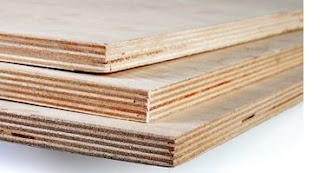 |
| Strong Panel Sheer |
Impact-resistant
Due to cross lamination, plywood has very high tensile strength. This makes it able to
withstand an overload of up to twice its predesigned tolerance. This is because cross
lamination allows the entire force to be distributed over a large area instead of
concentrating on a particular spot. This is very crucial, especially when withstanding
high winds or sudden seismic activities.
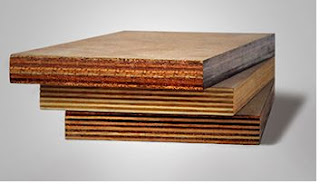 |
| Impact-resistant |
Moisture resistant
Plywood is resistant to moisture and humidity. That is why it is highly preferred while
constructing the exteriors of a building. Adding a layer of varnish or water repellent
adhesive will increase its resistance to moisture and water damage. Moisture resistance
has many applications in the marine industry. They can be used for sheds, cladding,
etc. They are also used for holding concrete while setting. In the interior, they are used
on the floors of houses. Plywood does not shrink or rot when exposed to water or
very high temperatures.
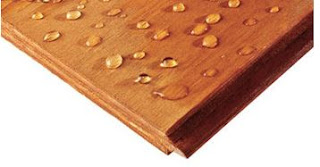 |
| Moisture resistant |
Chemical resistant
Plywood is resistant to corrosion due to chemicals. This makes it suitable for use in
constructing coolant towers and chemical works in factories.
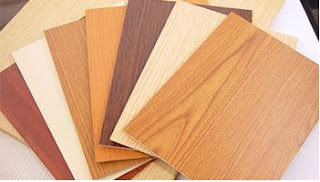 |
| Chemical resistant |
Fire resistant
Plywood is generally combined with non-combustible materials like fiber cement. It
can also be coated with a chemical coating that is fire-resistant. This makes it ideal for
building fire-resistant buildings
 |
| Fire resistant |
Good Insulator
Plywood is known to have high thermal and sound insulation. This makes it ideal for
use in the music industry in recording studios, etc. It can also be used in walls, floors, and the ceilings of houses to make it soundproof.
Applications of Plywood in Construction
·
Plywood is used as molding support for wet concrete.
·
To make furniture such as cabinets, cupboards, tables, etc.
·
To make lightweight doors and windows.
·
Plywood is also used while making floors.
·
Can be used for building external walls and wall partitions.
·
Also used for packaging applications






No comments:
Post a Comment
If you are getting more information from civilengineerfriend page please give your comments. Share the page information in your whatsapp group. Subscribe our page to get more information.